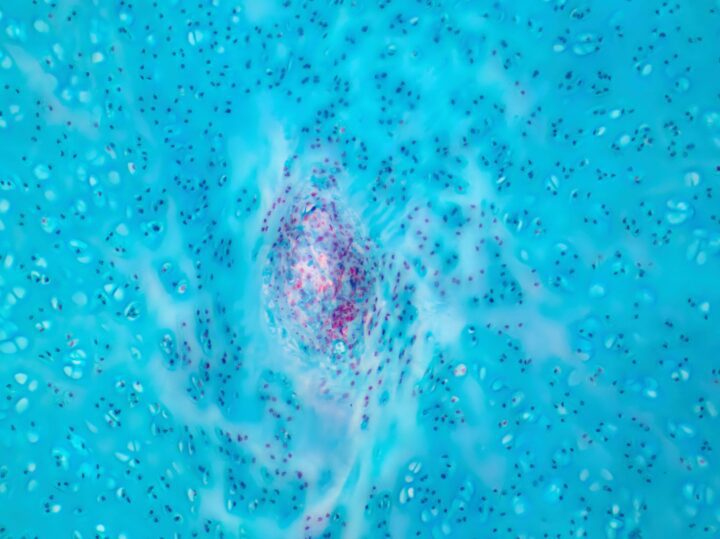Solar cells from Penn State contain photosensitive molecules that use fluorescence resonance energy transfer to increase the efficiency of the energy generation.
Benefits
- Reduced costs
- Efficient
- Sustainable
Applications
- Commercial and residential energy generation
UN Sustainable Development Goals Addressed
-

Goal 7: Affordable & Clean Energy
Bioutilization
- Protein bacteriorhodopsin
The Challenge
When solar cells convert sunlight into electricity they do not do so with one hundred percent efficiency. While solar cells absorb light, some of the loss in efficiency is due to the panels’ also reflecting light. Inefficiencies such as this are compounded in large-scale solar farms.
Innovation Details
The solar cells are perovskite-type solar cells that contain the bacteriorhodopsin (bR). The addition of the bR protein enhances the use of the Förster (fluorescence) resonance energy transfer (FRET). FRET is a mechanism for energy transfer between a pair of photosensitive molecules. The bR protein and the perovskite material have similar electrical properties and are able to absorb light energy to create electricity. Adding the bR protein improved the device’s efficiency from 14.5 to 17 percent.
Biomimicry Story
Photosynthesis is essential for life on Earth. It is the process by which plants produce energy and oxygen using just sunlight, water, and carbon dioxide.





